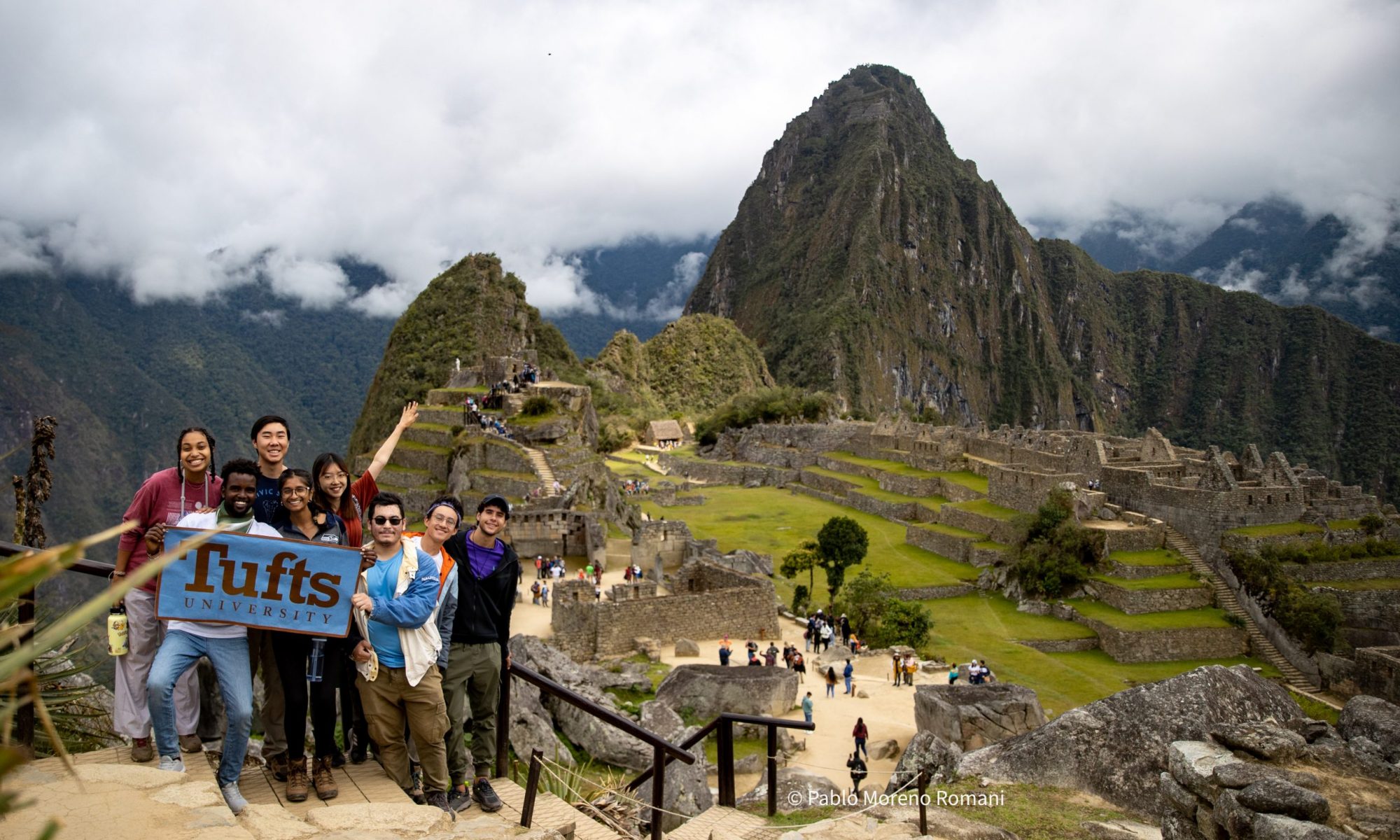by Laura, Tufts 1+4 Participant
Barely 24 hours in Brazil, the National Museum of Brazil burnt down. On Sunday evening, the day we completed our 30 hour journey to Florianopolis, it caught fire, and was destroyed by the time we woke up. In the run up to an election, discussion of political blame was immediate: austerity and a lack of investment in culture, reliability of emergency services and the excessive spending on the World Cup and Olympic Games. Although these conversations were inevitable and essential, my initial reaction was of sadness, and almost mourning. I had never heard of this museum beforehand, or known what it held but I deeply resonated with the photos I saw online of the residents of Rio crying in front of the carcass of the Portuguese Palace, because the value of holding objects in places and in ways accessible to educate all people is something I have experienced many times.
I have just started my apprenticeship working at Comcap – the waste disposal department of the city council in Florianopolis. Only a couple of days in, I have been struck by the sheer volume of waste a relatively small city can produce. The school children on tours are reminded that the first two “r’s” (reduce and reuse) are just as important as recycling. Being presented with the reality of consumerist society, my brain began running in circles; how do we stop producing so much stuff? And how, as a species that differentiate ourselves from all others by our ability to make tools, do we attempt to use them more frugally? In a book I was presented with, there was one phrase: “O lixo e o sobra entre o desejo e a necessidade do ser humano” (roughly translates to “Rubbish and leftovers are a necessary part of being human” ), which encapsulated the precarious position that human material culture holds in our world, and its importance. Remembering a time that the value of material culture far outweighed its problems in my judgement, I wanted to share one of my experiences working at the Blackden Heritage Site in Goostrey, Cheshire:
I had arrived early one day to Blackden, and was waiting in the visitor’s seating area for Tim, the resident archaeologist, to arrive and continue sorting the pottery we had begun the day before. Alan wandered in and spotted me waiting, and walked over with a medium sized plastic box in his hands. He presented me with a stone and asked me what I thought. I was slightly taken a back, having never had any experience with artifacts older than the 1200s, but decided to give it a go. It seemed to fit snugly in my hand in one particular orientation, with a rounded edge in my palm and a dent for my thumb, leaving a blunted blade at the top. No doubt it was a heavy duty tool, impossible for use in projectile hunting, so I came to the conclusion that it may have been a construction tool, most likely from the upper European Stone Age. Incorrect, I was informed. “Try again,” he said. I was struggling by this point, and started hypothesizing the ritual use of the tool – in my small hands it really seemed impossible for the blade to have had a mobile use. What I had failed to consider, as Alan then told me, was that not all human had hands as small as ours, as not all humans were homo sapiens. Now realizing the age and importance of the tool I had in my hands, I put it carefully back in the box as Alan explained that this tool was actually made by homo heidelbergensis in excess of 200,000 years ago.
Objects tell stories. By holding objects in our hands, we can cross cultures, millennia, and even species.
In the “Museu do Lixo”, some of the most interesting rubbish thrown away in the city is stored – it is both shocking in wastefulness and presents a fascinating material cultural history simultaneously. To work there I have already realized will be a great privilege, and maybe and I will begin to reach more clarity in my own mind on the place of human material culture in a world with a degrading environment. Every day at my apprenticeship I help to decide what is kept, what is thrown and what is burnt. When is the story an object holds invaluable and when is it a pollutant; when is something a physical form of education and when it is excess, and when is the world is a poorer place if an object is lost to a fire?



I plan to visit Rio this year. There, I won’t get to greet Luzia, the oldest human skull found in southern America. And I won’t get to see or handle the invaluable indigenous collection that her people left behind in the National Museum. But I endeavor to learn as much as I can about Brazil now; by holding the stuff of such a diverse and complex country in my own, homo sapien’s hands.

